Hot water is one of modern life’s greatest luxuries. Thanks to water heaters, hot water flows freely whenever you turn on a tap.
It’s not magic – it’s a simple technology that’s crucial to everyday life. But hot water systems have a limited lifespan, and sooner or later you’ll need to replace yours. When you do, your Ipswich plumber will give you a choice between tankless and tank-type heaters.
Choosing the right system for your home depends on budget, energy efficiency, installation costs and long-term maintenance. In this article, we’ll discuss both types of hot water systems and explore their advantages and disadvantages.
What is a Tank-Type Hot Water System?
A tank-type hot water system is a traditional water heater that stores and preheats water in a tank.
These systems are common in residential properties, where they provide a ready supply of hot water for bathing, cooking and cleaning. The key components of a tank-type hot water system include the tank, a heating element and the thermostat that controls the temperature inside the tank.
Tank-type hot water systems come with two major benefits:
- Lower Upfront Costs – Tank-type systems generally have lower initial costs compared to tankless systems.
- Simple Installation – Installation is often straightforward, and these systems are commonly used as direct replacements for older tank-type heaters.
It’s not all good news though. Tank-type heaters come with a few distinct disadvantages:
- Standby Heat Loss – The stored hot water in the tank can experience standby heat loss, leading to energy inefficiency.
- Limited Hot Water Supply – The available hot water is limited to the capacity of the tank. If the demand exceeds the tank’s capacity (e.g. large families that shower at the same time of day), the water may run cold, and it could take several hours to reheat.
- Space Requirements – Tank-type systems require space for the storage tank, which makes them uncommon in apartments.
Tank-type hot water systems are a reliable option that has been used for decades. They offer a consistent supply of hot water and low upfront costs, but they’re far less energy-efficient than tankless variants.
What is a Tankless Hot Water System?
A tankless hot water system is a system that heats water only when it is needed.
Unlike traditional tank-type water heaters, tankless systems do not store preheated water. Instead, they heat the water as it flows through the unit on its way to the point of need.
Tankless hot water systems offer several advantages, including:
- Continuous Hot Water – Tankless water heaters can heat an infinite amount of hot water. They aren’t limited by the capacity of a storage tank.
- Energy Efficiency – Tankless systems are typically more energy-efficient than tank-type systems. This is because they don’t need to continuously heat a large tank of water.
- Space-Saving – Tankless water heaters are compact, making them suitable for installations in small homes and apartments.
- Longer Lifespan – Tankless systems often have a longer lifespan due to simple construction.
Tankless systems also have some drawbacks, such as higher upfront costs, potential installation complexities, and the need to assess how your household uses hot water.
The Differences Between Tank-Type and Tankless Water Heaters
1. Storage Capacity
Tank-type – These systems store and preheat a specific amount of water in a tank, typically ranging from 150-400 litres. It can take several hours to reheat the water if it’s depleted.
Tankless – These systems heat water on demand as it flows through the unit. This Provides a continuous supply of hot water without the need for a storage tank.
2. Energy Efficiency
Tank-type – The water in the tank is continuously heated to maintain a set temperature, leading to energy loss even when hot water is not being used.
Tankless – Generally more energy-efficient since they only heat water when needed, reducing standby energy losses. Tankless heaters are also powered by LPG or natural gas, which is very efficient and affordable.
3. Space Requirements
Tank-type – Requires dedicated space for the storage tank, which can be significant, especially if you have a large family or a large property.
Tankless – Compact and can be installed in tight spaces, such as service cupboards. They are ideal for smaller homes and apartments.
4. Installation Costs
Tank-type – Typically less expensive upfront, but installation costs may vary based on factors such as the need for ventilation and plumbing modifications.
Tankless – Higher upfront costs due to the complexity of the system. Installation costs can be influenced by the need for gas lines, electrical upgrades or ventilation.
5. Long-Term Maintenance
Tank-type – Tanks require periodic flushing to remove sediment buildup, and the tank has a limited lifespan (typically 10-15 years).
Tankless – Generally have a longer lifespan (20 years or more) and may require less maintenance. However, the system will need to be descaled if you live in an area with hard water.
6. Hot Water Output
Tank-type – Limited by the tank’s capacity, which may lead to running out of hot water during periods of high demand.
Tankless – Can provide a continuous supply of hot water as long as the demand does not exceed the unit’s maximum flow rate. Systems need to be sized according to the size of the property, the number of people in the household, how you use your hot water and more. This creates an additional layer of complexity. Choosing an oversized system can be expensive, but an undersized system won’t be able to keep up with your needs.
You’ll need to speak to a plumber for help with choosing the right tankless water heater for your home.

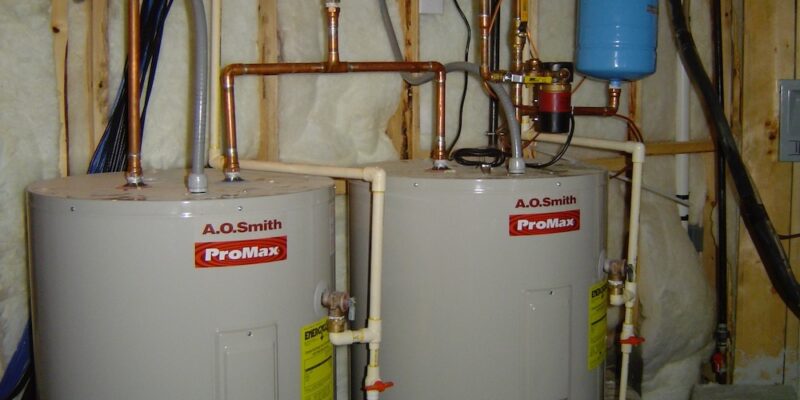
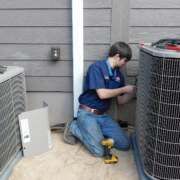
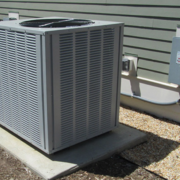
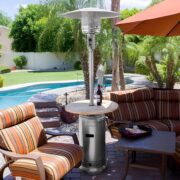
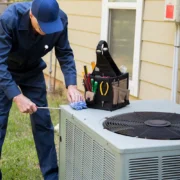
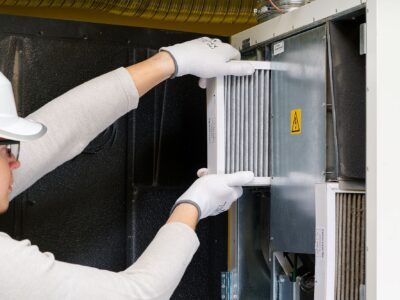
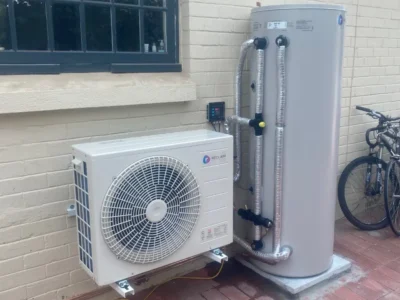






Comments